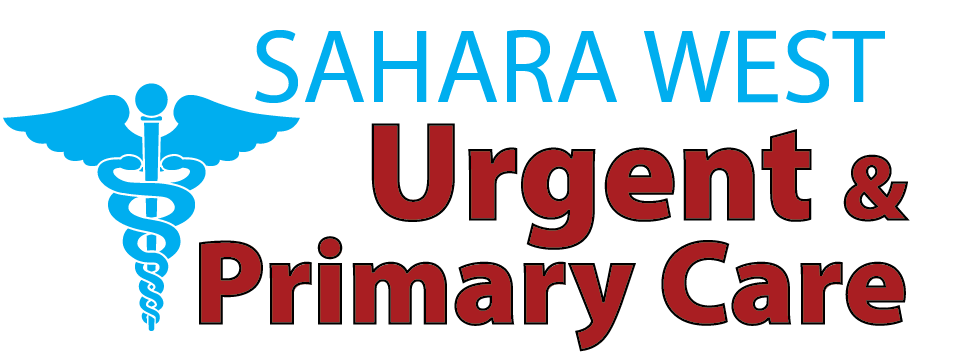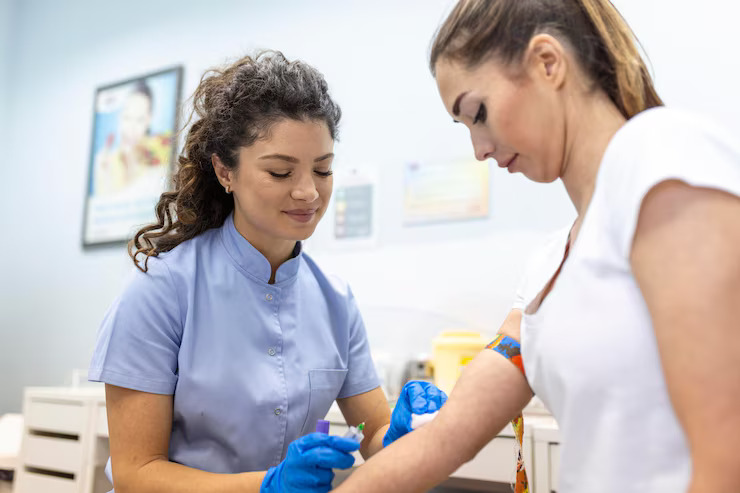Tuberculosis (TB) is still a prevailing global issue that is preventable and treatable. Tuberculin Skin Test (TST) or Mantoux is one of the most popular options for diagnostic tools for TB infection. This simple and cheap TB test is used in the diagnosis of latent infection with TB disease, and it is crucial in controlling the spread of the disease. The understanding of procedures, interpretation, and limitations of the TST is beneficial to healthcare practitioners and public health staffers organizing TB-prevention and control services.
What is the Tuberculin Skin Test?
The Tuberculin Skin Test is one of the testing procedures adopted to discover if a human being has been infected with Mycobacterium tuberculosis, which causes TB. It is characterized by intradermal injection of purified protein derivative (PPD) at the forearm. The response of the body to the PPD is given 48-72 hours after measurement. A positive response presents TB infection but fails to determine whether the infection is latent or active.
How the TST is Administered
The TST has to be provided by trained healthcare practitioners. 0.1 mL of PPD with a concentration of 5 tuberculin units (TU) is injected intradermally onto the inner surface of the forearm. Technique is critical — injection should create a discrete, pale rise of the skin (‘a wheal’) 6-10 mm in diameter.
This medicine requires the patient to come back within 48 to 72 hours for a reading test. If the patient does not return within this period, the result of the test is invalid, and it has to be repeated.
Interpreting the Results
The reaction to the TST is recorded in millimeters of induration (raised and hardened) and not redness. The size of induration is compared based on criteria, which are different for individual risk factors.
- ≥5 mm is considered positive in:
- HIV-infected persons
- Recent contacts of TB patients
- Individuals with chest X-ray changes consistent with prior TB
- Organ transplant recipients and other immunocompromised patients
- ≥10 mm is considered positive in:
- Recent immigrants from high-prevalence countries
- Injection drug users
- Residents and employees of high-risk settings (e.g., prisons, nursing homes)
- Children under 4 or those exposed to adults at high risk
- ≥15 mm is considered positive in:
- Individuals with no known risk factors for TB
These guidelines assist clinicians to strike a balance between sensitivity and specificity, hence, eliminating false positives while at the same time not leaving high-risk individuals out.
Limitations of the TST
While widely used, the TST has several limitations:
- False Positives: Cross-reactivity can give a false-positive result when prior Bacillus Calmette–Guerin (BCG) vaccination is a case. An accidental contact with non-tuberculous mycobacteria can also account for false positives.
- False Negatives: Conditions that may return false negative outcomes include recent TB infection (within 8-10 weeks), very young or old age, some viral illnesses and immunosuppressive conditions.
- Operator Dependence: Proper administration and reading of the test in TST play critical roles in determining its accuracy; hence, training is necessary.
- Cannot Differentiate Disease Status: TST does not differentiate between latent TB infection and active TB disease.
Comparison with IGRA
Interferon-Gamma Release Assays (IGRAs) are blood tests that provide an alternative to the TST. They are especially helpful in those who have been vaccinated against tuberculosis through BCG, since IGRAs do not get interfered with by the previous vaccination. More specifically, IGRAs are also more expensive and require laboratory infrastructure, so that the TST remains more affordable for lower resource settings.
When to Use the TST
The TST is recommended for:
- Screening individuals who are at increased risk for TB infection or progression
- Pre-employment or school entry screening in high-risk populations
- Contact tracing following exposure to active TB cases
- Periodic screening of healthcare workers and others in high-risk environments
It is not typically used for individuals with a documented history of TB disease or prior positive TST, as these individuals will likely remain positive regardless of current infection status.
Conclusion
The Tuberculin Skin Test is a crucial test for TB diagnosis, particularly in situations of limited resources. When the TST is carried out and interpreted properly, it offers important insight into the exposure and infection risk of TB. However, it should be used judiciously and in combination with other diagnostic measures such as IGRAs and radiographic procedures to ensure comprehensive care and accurate diagnosis when necessary. As global TB control efforts continue, understanding and the appropriate application of TST guidance have never been more vital for an effective public health response. For individuals seeking screening, searching for a TB test near me can be the first step toward timely detection and prevention. To schedule your appointment with the highest standard of care and visit Sahara West Urgent Care, visit our website.
FAQs
- What is the Tuberculin Skin Test (TST)?
The TST is a diagnostic tool used to determine if a person has been infected with Mycobacterium tuberculosis, the bacteria that cause tuberculosis. It involves injecting a small amount of PPD (purified protein derivative) under the skin and measuring the immune response 48–72 hours later. - How is the TST performed?
A healthcare provider injects 0.1 mL of PPD into the inner forearm. The patient must return in 2–3 days so the site can be examined and measured for induration (swelling). - How is the TST result interpreted?
The test is read by measuring the size of the induration (not redness). Depending on your risk factors, an induration of 5 mm, 10 mm, or 15 mm may be considered positive. - What does a positive TST result mean?
A positive result indicates TB infection, but it doesn’t differentiate between latent TB infection (LTBI) and active TB disease. Further tests like chest X-rays and sputum tests are needed to confirm active TB. - Can a person with a BCG vaccination have a positive TST?
Yes. The BCG vaccine can cause a false-positive TST, especially in people vaccinated after infancy. In such cases, a blood test like IGRA may be more accurate.





